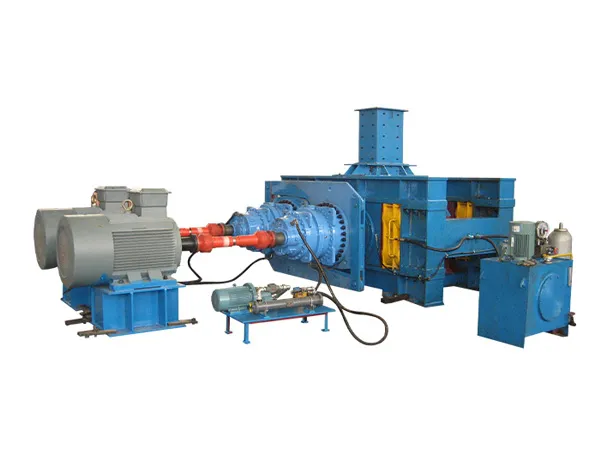Revolutionizing Phosphate Production: How High-Pressure Grinding Rolls Boost Efficiency and Cut Costs
In the phosphate industry, achieving high grinding efficiency while controlling operational costs is crucial for maximizing profitability. High-pressure grinding rolls (HPGR) have emerged as a revolutionary technology, offering significant advantages over traditional grinding methods such as ball mills.
Why HPGR Improves Grinding Efficiency

HPGR systems use intense compressive forces to crush phosphate rocks between two counter-rotating rolls. This process generates a unique micro-fracturing effect, which produces finer particles and enhances the liberation of phosphate minerals. Compared to conventional grinding methods, HPGR can reduce energy consumption while maintaining—or even increasing—throughput.
By optimizing feed size and adjusting operating pressure, phosphate producers can achieve a more uniform particle size distribution. This improvement not only benefits downstream processes like flotation and chemical treatment but also reduces wear and tear on equipment, lowering maintenance costs over time.
Cost Advantages of HPGR Technology
The shift to HPGR is largely driven by its strong cost efficiency. Key financial benefits include:
Lower Energy Consumption: HPGR typically consumes 20–30% less energy than traditional ball mills, directly reducing electricity expenses.
Reduced Maintenance Costs: With fewer moving parts and less abrasive wear, HPGR systems require less frequent maintenance.
Higher Throughput: Enhanced grinding efficiency enables plants to process more material in less time, increasing overall production without substantial capital investment.
…
For more detailed information on how high-pressure roller mills can improve efficiency and reduce costs in phosphate production, please click to visit:https://www.zymining.com/en/a/news/high-pressure-grinding-rolls-for-phosphate-production.html

